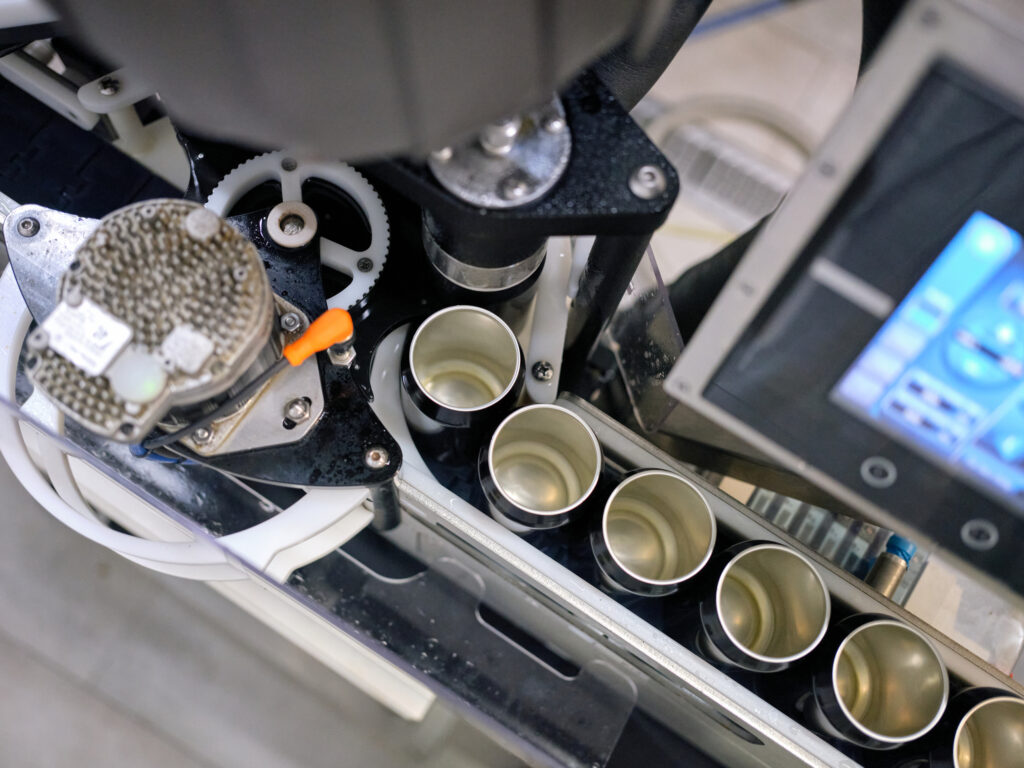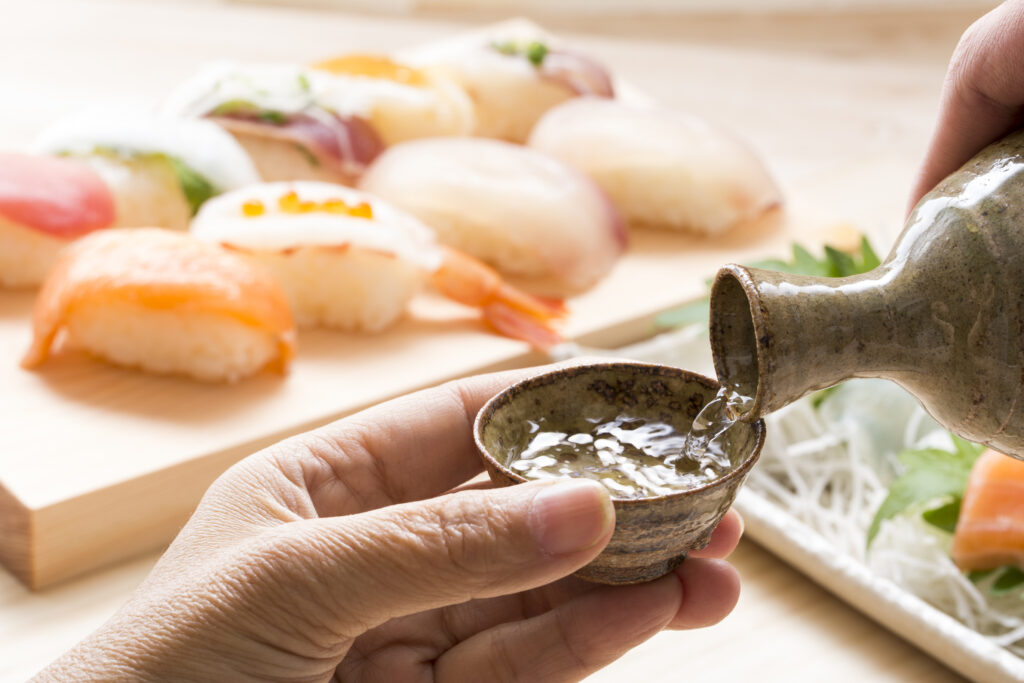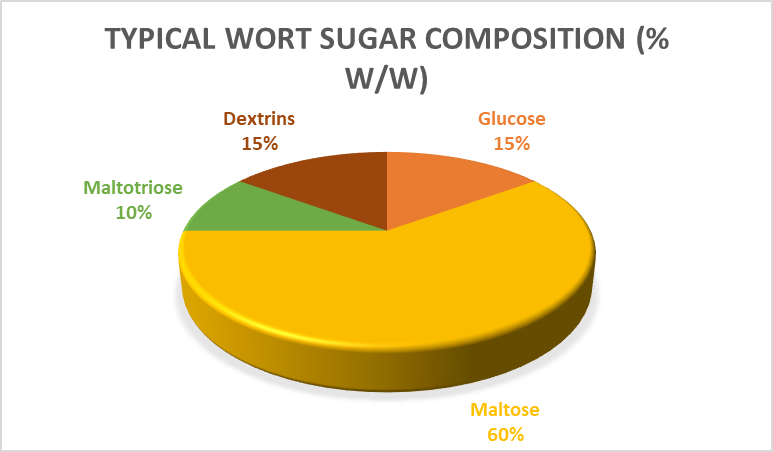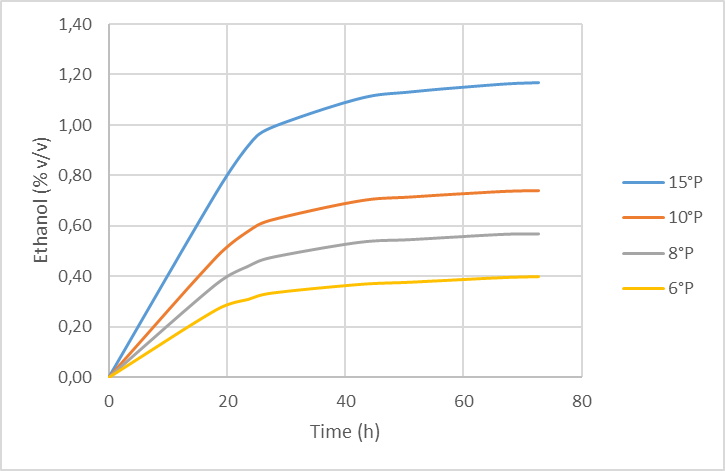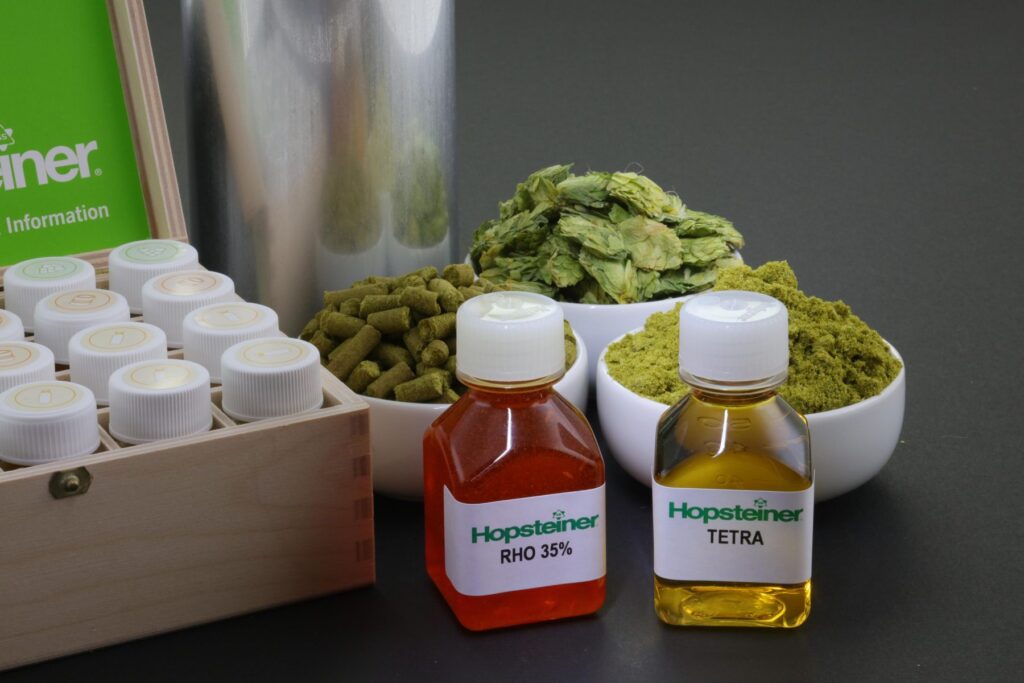
By: by Gerald Dlubala
Sustainability is at the forefront of brewing in general, and it’s a focus point in each specific aspect of the brewing process,” said Doug Wilson, Director of Sales and Marketing at Hopsteiner, recognized as one of the largest global vertically-integrated hop growers and distributors in the world. “The sustainability mindset naturally carries over to a brewmaster’s ingredients, including the hops they choose. Likewise, craft brewers need successful and sustainable hops to replicate their beer offerings. Fortunately, we have experienced a quick rebound in crop growth and availability as hop growers after the recent heatwaves and drought that proved harmful to many hops, malt and barley growers. That rebound, combined with the general open-mindedness of both craft brewers and craft beer drinkers, lends itself to a successful and sustainable relationship between brewers and hop growers.”
Hopsteiner utilizes a genome breeding program that is molecular marker-assisted, identifying the key and desirable traits they want available in their hops. The hops are, in turn, bred to be stronger, more resistant, and ultimately, more efficient and sustainable. For example, Hopsteiner identified the powdery mildew resistant component in hop strains and, through selective breeding, now offers those popular hop varietals with bred-in powdery mildew resistance traits.
“Brewers look for a couple of things in their hop provider. Usually, it centers around cost savings and sustainability. Sustainability means new agronomically superior and disease-resistant varieties requiring less spraying and fertilizing, ultimately producing higher yields with more drought resistance. By providing our own breeding technology, Hopsteiner can offer products like Salvo, derived from CO2 hop extract and predominantly containing hop essential oils and beta acids, that can be used in hot applications without adding bitterness or causing beer loss. Its use has also reportedly extended the shelf-life for hoppy-style brews,” said Wilson.
“We see a lot of the sameness in brewing. When I say sameness, I’m talking about a combination or mix of hops used to produce a particular flavor profile. But that sameness can also bring about a hesitation by consumers to try a new beer if they see a hop flavor profile with which they are already familiar. That type of consumer behavior directly opposes the inherent purpose of a great brewpub.
The true craft brewer wants their consumers to want to try new flavor profiles, aromas and combinations. And one of the best things we, as hop growers, can tell a brewer is, with prices of most goods going up, the costs of hops aren’t that bad right now. On top of that, there are new varieties available to the craft brewer that will produce those new formulas and beers that can lure in, excite, and satisfy the craft beer consumer.”
Hopsteiner offers the familiar products they’ve traditionally provided. They can drive additional efficiencies into those offerings using their in-house programs, allowing craft brewers to dare to be different. For example, Hopsteiner’s Tetra-S, derived from CO2 hop extract, provides an excellent flavor profile and offers foam-enhancing abilities for an increased visual appearance on beers that typically may not show or hold a head of foam.
“Brewers have to get out of the rut that I feel craft brewing has been in for the last couple of years,” said Wilson. “We help them do that with our breeding program. We use worldwide hop hunters that allow us to offer new genetic materials to bring out new chemical compositions that allow craft brewers to use their creativity. Additionally, by brewing sustainable beers with new flavor profiles and aromas, craft brewers can gain the upper hand in gaining and keeping valuable shelf space that is already limited.”
Wilson told Beverage Master Magazine that craft brewers must be their own advocates and do their research regarding sourcing hops. “Don’t just take one supplier’s word for it,” said Wilson. “Work on developing a good and comfortable rapport with all your suppliers, and then have open and honest conversations with them about supplies. The market is currently flush with hops. We’ve rebounded quite well from past climate issues in all varieties, with no slowdown in the foreseeable future. As a craft brewer, you have to talk with suppliers to determine where you need to contract supply and those places where you may not need to contract. In some current instances, it can be safer and more economical to play the spot market to fill your hops needs.”
Cryo Hops Offer Sustainability, Efficiency and Savings
Yakima Chief’s Cryo Hops are processed using cryogenic technology, separating whole hop cones into the concentrated lupulin and the bract, or leaf component. The hops are processed and individually preserved using low temperatures in a nitrogen-rich, ISO-9001 certified production facility with limited opportunities for oxidation from initial separating through the final pelleting process.
Cryo Hops pellets are the concentrated lupulin of whole leaf hops, housing the resins and aromatic oils that provide an even more intense hop flavor and aroma to your brew. Brewmasters can use these pellets anywhere traditional whole leaf or T-90 hop pellets are used but contain nearly twice the amount of flavor and aroma producing resin content. That extra resin content allows craft brewers to efficiently dose large quantities of alpha acids and oils without introducing astringent or polyphenol flavors or unwanted vegetative material. They also increase yield by reducing brewhouse and cellar trub and offering cost savings and net revenue increases with each batch.
The pellets are specifically designed to offer efficiency and savings and provide greater sustainability in use, packaging, shipping and storage. The leafy material of the hop cone gets removed during the production process, reducing the overall amount of plant material brought into the brewing process. This reduction further eliminates trub loss and results in increased yields (3 to 5%) and improved quality. Yakima Chief reports that water, malt, utilities and labor are utilized more efficiently for every barrel of beer gained while only requiring half the storage and shipping requirements.
Yakima Chief’s Cryo Hops perform similar to T-90 hop pellets with comparable density and dissolving characteristics and are appropriate as a full or partial replacement for whole leaf or T-90 pellets. However, they are only dosed at 40-50% of T-90 pellets by weight because of their concentrated qualities. Additionally, they do not pose a clogging risk to heat exchangers because of their fine particle size. They should be added to the kettle late in the process to prevent boiling out the intense flavor and aroma characteristics. Introducing the pellets in the whirlpool is preferred to increase aroma and reduce trub load from significant late additions. Using them in the fermenter is another excellent way to increase aroma and reduce trub loss. Cryo Hops will settle out during standard conditioning and can be fined, filtered or centrifuged.
Creative Hop Use Helps Fuel Growth of No and Low Alcohol Craft Beer
Once considered a less-than-desirable alternative, low alcohol or no alcohol beer is now widespread and quickly trending upward, with breweries of all sizes taking note.
In a video address, Richard Hodges, Regional Sales Manager of Yakima Chief Hops, said that the NA and LA beer markets provide an opportunity to shine for craft brewers, allowing them to display their creativity in brewing using a variety of quality, sustainably grown hops.
“The low and no alcohol beer markets are without a doubt the fastest moving market,” said Hodges. “The last ten years have provided improved methods and innovation in flavor and aroma, thereby enhancing more widespread acceptance of new low alcohol or no alcohol brews. The main consumer base for these markets is the 25–45-year age range with an interest in a healthier beer alternative that fits into a moderation or abstinence lifestyle. In more direct cases, some regions have adopted stricter alcohol laws that have moved beer consumers to try low or no alcohol craft beverages.”
“The biggest challenge we see in LA and NA beers is the lack of beer complexity and character loss involved due to the absence of alcohol,” said Hodges. “As a brewer, you have the option to either mask that lack of complexity or make up for it by using essential hops and malt profiles. But, of course, we believe it’s always better to make up for any lost taste profiles rather than simply trying to mask them. And because of the continuous growth of NA and LA beer, the improved and successful methods to make up for any lost character and complexity have become available to the smaller microbrewers, allowing them to appeal to and welcome a whole new demographic of potential patrons.”
Hodges said that bittering hops like Yakima Chief’s Warrior, Columbus, and Chinook offer ways to add the traditional solid-yet-smooth bitterness needed to complement conventional hoppy and West Coast beer styles. Other options, including their Sabro and Talus, will add the fruit and cream, vanilla or coconut flavors to give LA or NA beverages a perceived body.
Aromas in our favorite craft beers also add complexity but can get lost in the NA brewing process. To add those aromas that get lost in low ester production, Hodges recommends Simcoe, Idaho7 or Eknanot for a sweet tropical smell and an extra layer of complexity. Crystal, Columbus and Nugget varietals will give the familiar and expected woody, green and pungent hoppy flavors that craft beer drinkers expect.
Expect The Unexpected
New flavor profiles and chemical compositions are quickly becoming available in conjunction with more sustainable sources of hops. As these hops make their way into the hands of creative brewmasters, there’s every reason to believe that craft brewpubs can creatively challenge the patrons’ tastebuds, causing them to raise a glass to an ever-evolving menu, including the exploding no and low alcohol market.

